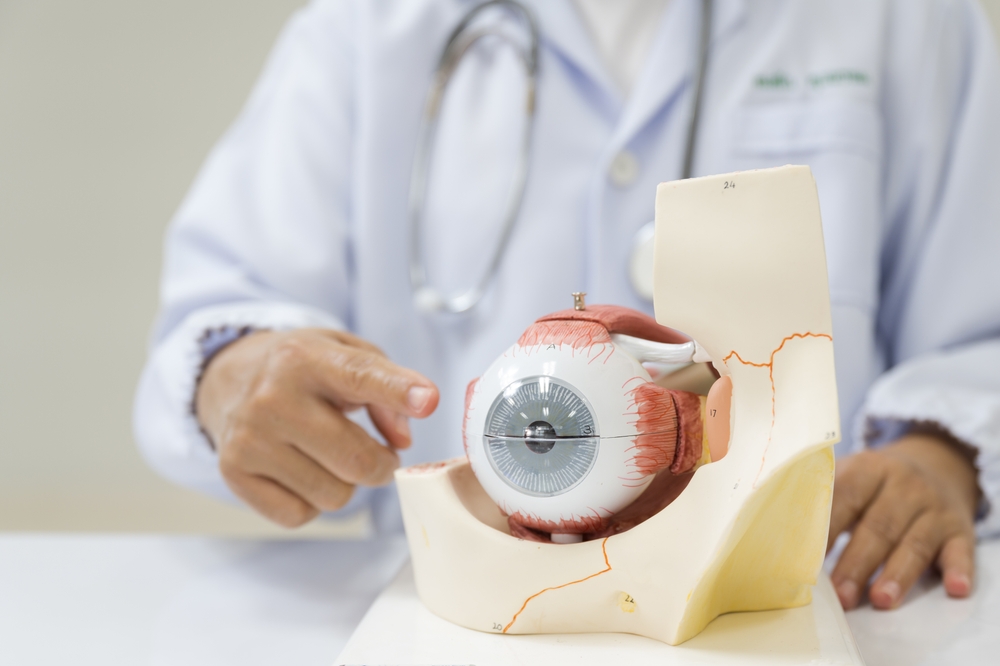The Different Types of Cataracts Explained: Symptoms & Causes
Cataracts occur when the normally clear lens of the eye becomes cloudy, leading to blurred vision, glare, and difficulty seeing at night. While cataracts are often associated with aging, there are actually different types that can develop, each with its own causes and symptoms. Understanding these types can help you recognize the signs early and know when it may be time to consider cataract surgery.
Nuclear Cataracts
Nuclear cataracts form in the center (nucleus) of the lens. This type is closely linked to aging and may cause the lens to turn yellow or brown over time. Early signs often include difficulty seeing in dim light and a gradual decline in distance vision.
Cortical Cataracts
Cortical cataracts affect the outer edges of the lens. They appear as white, wedge-shaped streaks that progress toward the center. This type often leads to problems with glare and contrast sensitivity, making night driving particularly difficult.

Posterior Subcapsular Cataracts
Posterior subcapsular cataracts develop at the back of the lens and can progress quickly compared to other types. They cause sensitivity to bright light, glare, and halos around lights. Reading vision is often affected early with this type of cataract.
Congenital Cataracts
Some people are born with cataracts or develop them during childhood. Congenital cataracts may be inherited, or they may result from certain medical conditions or infections during pregnancy. They can impact vision development and often need early treatment.
Secondary Cataracts
Secondary cataracts can develop as a result of other medical conditions, such as diabetes, prolonged use of steroids, or after eye surgery for other conditions. They share similar symptoms with age-related cataracts, including cloudy vision and glare.
Traumatic Cataracts
An injury to the eye can cause a traumatic cataract, either immediately after the trauma or years later. Symptoms include blurry vision, double vision, and light sensitivity.
Causes and Risk Factors
While aging remains the leading cause of cataracts, other factors can increase your risk, including:
- Diabetes and other systemic diseases
- Prolonged exposure to UV radiation
- Smoking or excessive alcohol use
- Eye injuries or previous eye surgery
- Long-term use of corticosteroid medications
- Family history of cataracts
When to Consider Cataract Surgery
Cataract surgery is recommended when cataracts significantly interfere with your daily activities, such as reading, driving, or enjoying hobbies. Symptoms that may indicate the need for surgery include:
- Blurred or cloudy vision that does not improve with glasses
- Difficulty driving at night due to glare or halos
- Trouble reading or performing tasks in low light
- Frequent changes in prescription lenses without improved clarity
Cataract surgery is one of the safest and most effective surgical procedures, with a high success rate in restoring clear vision.
Schedule Your Cataract Evaluation Today
Cataracts can take many forms, each impacting vision in different ways. Recognizing the type and symptoms of cataracts is the first step toward treatment. If your vision is affecting your daily life, it may be time to discuss cataract surgery with an experienced ophthalmologist.
At Progressive Ophthalmology, we specialize in diagnosing and treating all types of cataracts. Our advanced surgical techniques and personalized care help restore your vision so you can get back to living life clearly. Visit our office in Queens, New York, or call (718) 565-2020 to schedule your cataract evaluation today.

